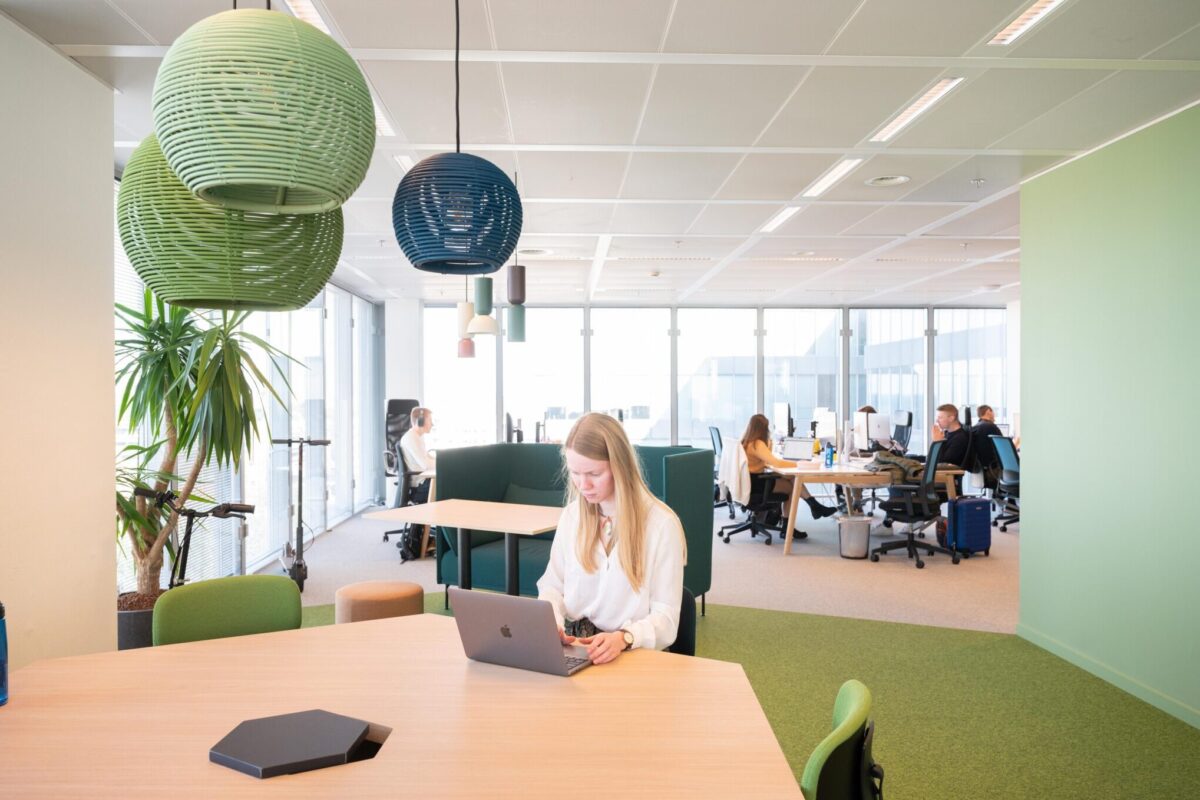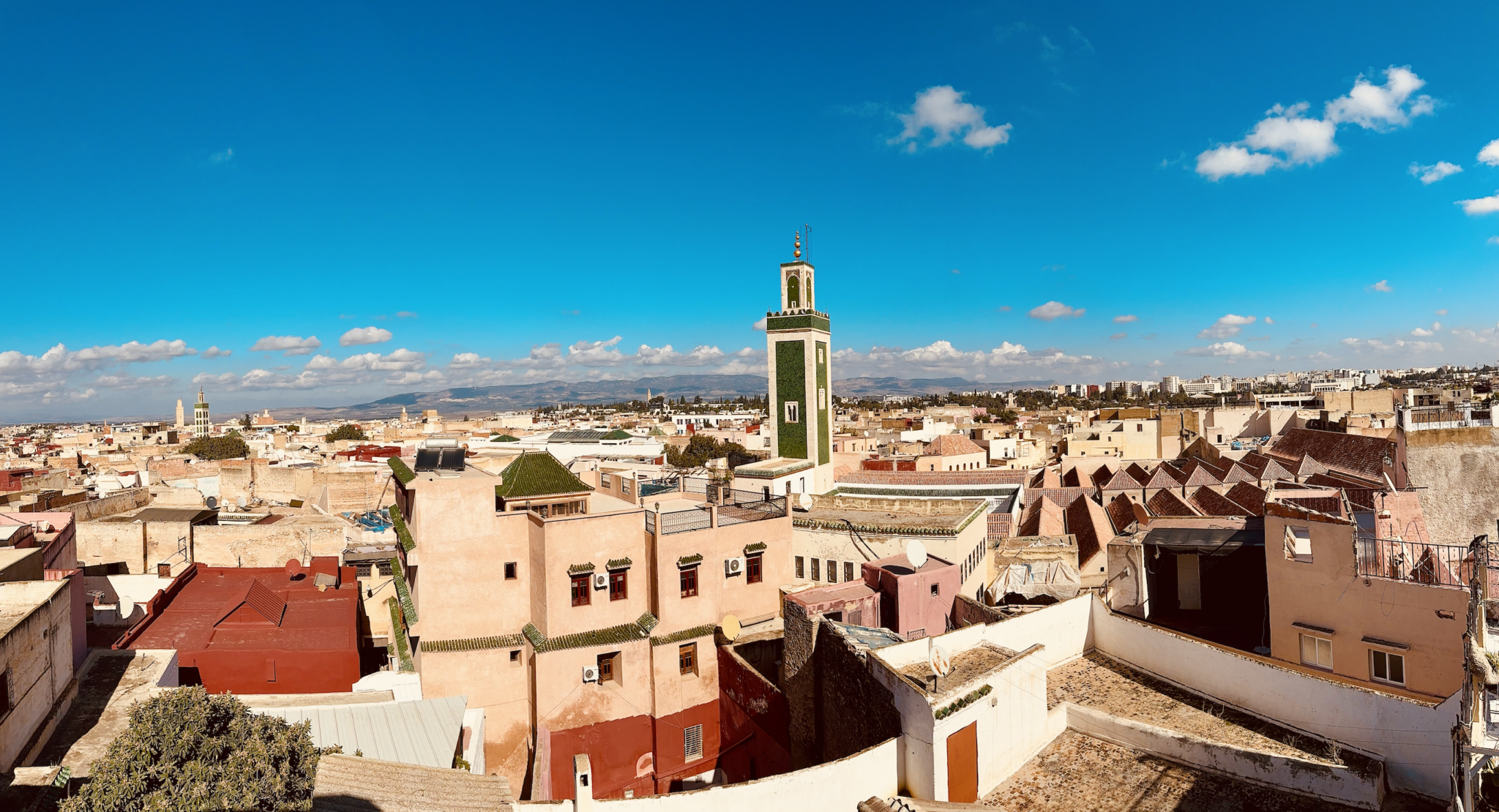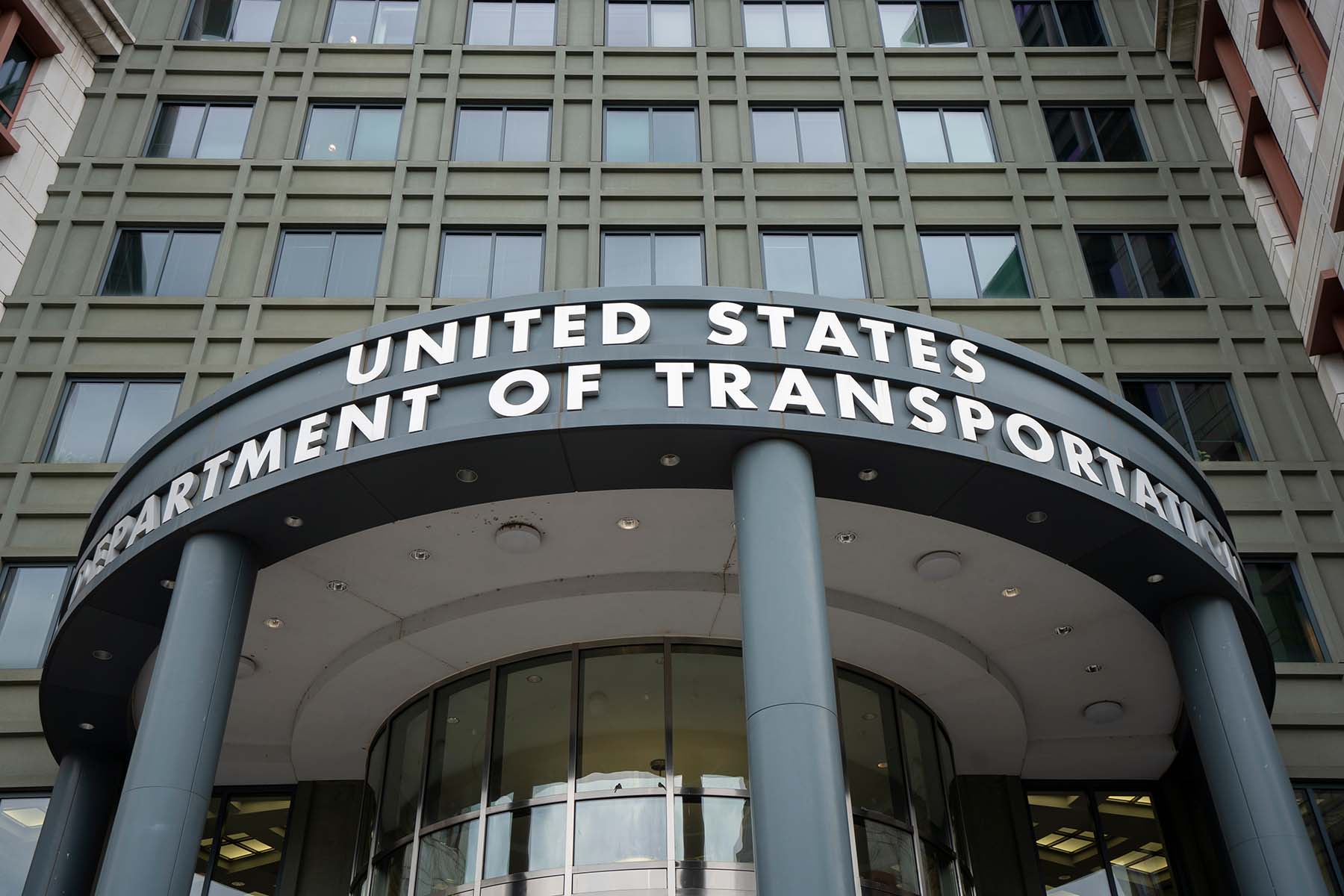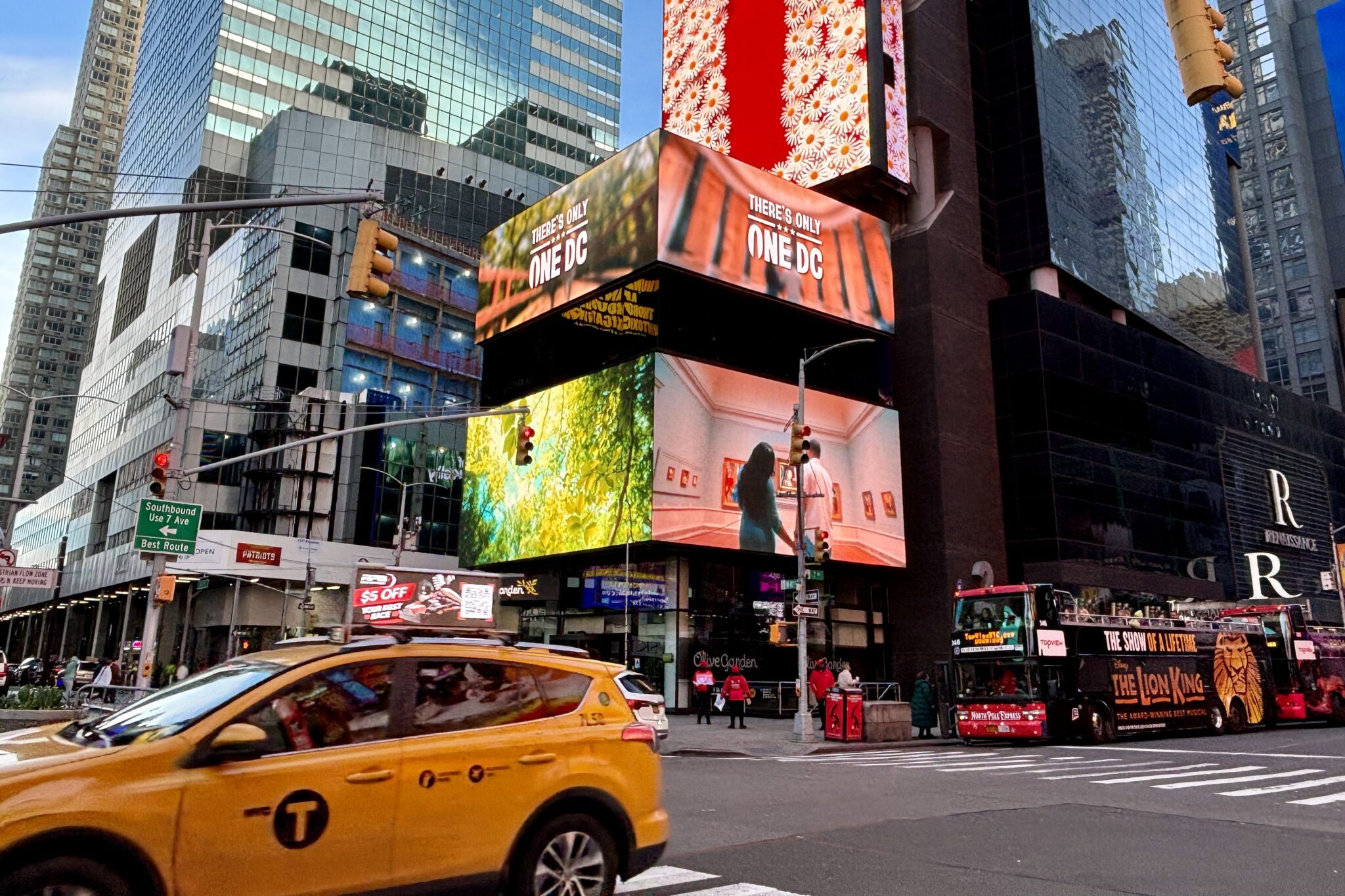Qantas’ Dreamliner Plans Mark the Beginning of ‘New Era’
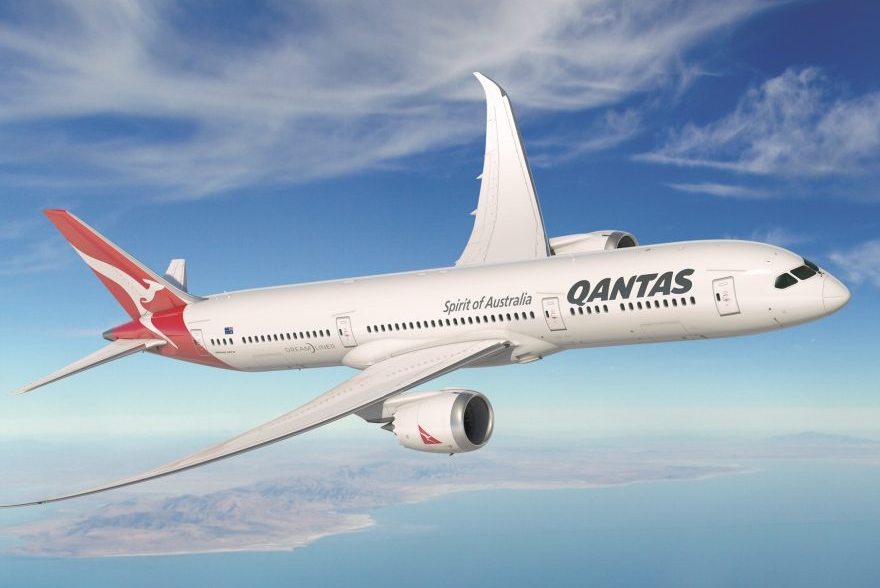
Skift Take
Qantas has joined a growing list of airlines with big dreams of improved efficiencies and passenger experience, announcing its intent to purchase eight B787-9 aircraft to replace its fleet of older Boeing 747s. The new aircraft would join its fleet in 2017.
The airline also retains options for 15 Dreamliner aircraft, and purchase rights for an additional 30, with “significant flexibility over the timing of the delivery should they be exercised.”
Qantas decided in favor of the Boeing Dreamliner “after a rigorous assessment process,” the airline states.
Building the Business Case
The business case for the Dreamliner acquisition was based on Qantas’ recent “return to strong profitability,” with:
- 2015 underlying earnings before Interest and tax of $267 million — a turnaround of $764 million compared with financial year 2014;
- Return On invested Capital above its cost of capital;
- Net debt reduction of $1.1 billion since financial year 2013, and
- A new agreement with Qantas’ long-haul pilots, including a 30% productivity increase.
Over the past five years, Qantas had underperformed, going up against top regional competitors Cathay Pacific Airways and Singapore Airlines, but the situation has turned.
“The problem Singapore and Cathay have is that they’ve just seen this incredible growth in capacity,” Tony Webber, an independent aviation analyst and former Qantas chief economist told Bloomberg. “Singapore has suffered from the growth of AirAsia Bhd. and Jetstar Asia and their own capacity in SilkAir and Scoot, and Cathay has suffered from more people flying directly into China.”
In Bloomberg’s report, Webber attributed these changes to a regional “capacity cycle,” cautioning: “Southeast Asia’s seen a wicked growth in capacity, but it rarely goes on for more than two or three years.”
Boldly Going
For its part, Qantas sees a bright future, and the Dreamliner symbolizes that optimism.
“This milestone acquisition marks the scale of our turnaround and looks ahead to a new era for our iconic international airline,” said chief executive Alan Joyce of the announcement, characterizing the decision as “hugely exciting” to the Qantas’ team and its customers. “We’re halfway through the biggest and fastest transformation in our history. Qantas is rapidly growing fitter, stronger, and smarter. These aircraft are a fitting emblem of that evolution — they show that we are revitalized and here for the long haul.”
Joyce also stated the airline “looked closely at every aspect of the Dreamliner,” ultimately deciding the aircraft is the right fit.
The Right Aircraft for the Long-Haul
With the 787-9 Dreamliner’s 8,201 nautical-mile range, Qantas has slotted the aircraft to serve international routes “and open up a range of potential new city pairs,” without becoming a long-term burden.
“The key reason we chose this particular aircraft is its incredible efficiency,” said Joyce. “Its new technology will reduce fuel burn, cut heavy maintenance requirements and open up new destinations around the globe. Because the 787 is smaller than the jumbos it will gradually replace, it gives us the flexibility of having more aircraft without significantly changing our overall capacity.”
New Aircraft, New Look
Qantas has committed to working with its in-house team of design experts and external designers to develop “world leading cabin interiors” for the new Dreamliner. The interiors will complement the aircraft’s unique cabin design, enhanced by built-in passenger experience features like improved cabin pressure, larger windows and technology to reduce turbulence.
“Every Qantas aircraft is a symbol of Australia and these aircraft will represent Australian excellence and ambition on a global scale,” said Joyce.
